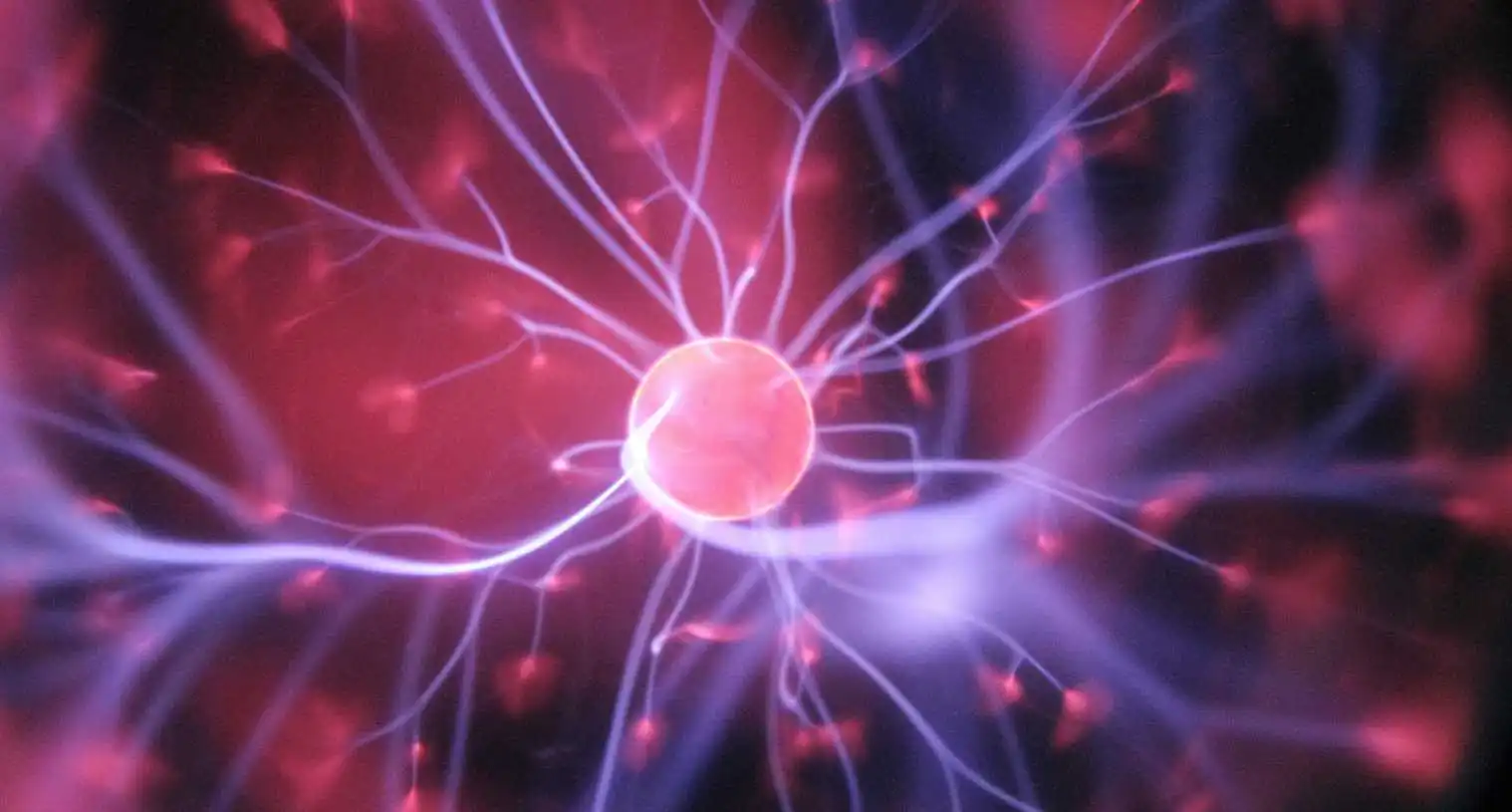What is the Difference Between Feelings and Emotions?
October 2, 2022What is the difference between feelings and emotions examples? And which comes first?
Feelings are what you feel when something is happening in your life also are the emotions that we feel when we are experiencing an event or situation. Different people feel different emotions at different times For example, when you get a compliment, you might feel happy.Emotions are what you feel when something is happening in your life that has an impact on your emotions . For example, when you get angry, you might feel angry and frustrated.Also Emotions are the feelings you have about something. For example, when you see your best friend crying, you might feel sad.
Feelings vs. Emotions: What’s the Difference?
When it comes to describing our emotions, most of us would say that feelings are what we experience on a moment-to-moment basis, while emotions are broader and more complex concepts that encompass feelings and other mental states, such as intentions and attitudes.
So, what’s the difference between feelings and emotions?
Feelings are typically more transient and fleeting, while emotions are more enduring and can last longer. For example, you might feel happy when you see a friend, but that feeling might quickly dissipate. On the other hand, you might have an emotional reaction to that friend, such as feeling happy to see them, feeling sadness when you think about how things might have been, or feeling anger when you think they’ve done something wrong.
Another way to think about the difference between feelings and emotions is that feelings are about how we’re feeling right now, while emotions are about how we’re feeling about something else as well. For example, you might feel happy when you win a competition, but you might also feel proud of yourself and motivated to do better the next time you compete.
Finally, feelings are often more subjective, while emotions are more objective. That means that we can all agree on what emotions look like (happy, sad, angry), but there might be some disagreement about what feelings look like (joy, love, admiration).
So, in general, feelings are more about our individual experience, emotions are about our overall emotional state, and feelings are more subjective than emotions.
Now that you know the difference between feelings and emotions, the next time you hear someone say they’re feeling “happy,” you can understand what they mean. And when you hear someone say they’re feeling “angry,” you can better understand why.
Some people might say that there is no difference between feelings and emotions. However, there are definitely differences between the two. Feelings are the emotions that we feel inside of our soul, while emotions are the outward manifestations of those feelings.
For example, if you are feeling sad, you might have a feeling of sadness inside of you. However, if you express that sadness by crying, that is an emotion. You are feeling the sadness, but you are also expressing it in other ways.
There are also different types of feelings. For example, you might feel happy, sad, angry, or excited. Each of these feelings has its own specific set of emotions associated with it.
It is important to note that not all emotions are always expressed outwardly. For example, some people might feel sadness but not want to cry. They might express that sadness in other ways, like by writing a poem or by staying in the sadness for a while.
All in all, feelings are the emotions that we feel inside of our soul, while emotions are the outward manifestations of those feelings. There are different types of feelings, and each has its own set of emotions associated with it.
Which comes first feelings or emotions?
There’s a lot of debate surrounding the order of feelings and emotions. But, for the most part, people believe that feelings come first and then emotions follow.
This is actually backed up by research. Studies have shown that, when people experience positive or negative feelings, their emotions tend to follow soon after. In other words, when someone feels happy, they’re likely to feel happy emotions, such as joy or contentment. And, when someone feels sad, they’re likely to feel sad emotions, such as sadness or regret.
This might not seem like a big deal, but it can have a big impact on how people behave. For example, if you’re feeling happy, you’re likely to be more social and outgoing. But, if you’re feeling sad, you’re likely to be less social and more introverted.
So, it seems that feelings come first and then emotions follow. But, what about cases where people experience both positive and negative feelings at the same time?
This is a more complicated question. Studies have shown that, when people experience both positive and negative emotions at the same time, it’s harder to determine which feeling comes first. In other words, it’s harder to determine which emotion is “dominant.”
This might be because both feelings are equally strong. Or, it might be because people can’t focus on just one feeling. Instead, they feel both emotions at the same time.
So, it’s unclear which feeling is dominant. But, one thing is for sure: both feelings are important.
This is because feelings are what make us feel happy, sad, angry, or any other emotion. And, emotions are what cause us to act in certain ways. For example, when we’re feeling happy, we’re likely to be more excited about life. But, when we’re feeling sad, we’re likely to be more sympathetic towards others.
So, it seems that feelings and emotions are both important. And, it’s unclear which one comes first. But, either way, they’re both important in how we feel and act.
conclusion:
Some say that it can be difficult to tell the difference between feelings and emotions, but the key distinction is that feelings are usually more fleeting and less intense than emotions. Feelings include things like happiness, sadness, and anger, while emotions include things like fear, love, and anger.Others say that There is a big difference between feelings and emotions. Feelings are simply sensations that you experience, such as happiness, sadness, or anger. Emotions, on the other hand, are feelings that are accompanied by certain behaviors, such as feeling happy or sad.But in the realityt the main difference between feelings and emotions is that emotions are the result of feelings. For example, if someone feels happy, they may have an emotion such as happiness. On the other hand, if someone feels mad, they may have an emotion such as anger.









